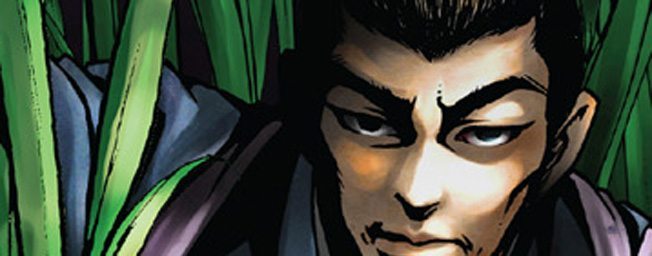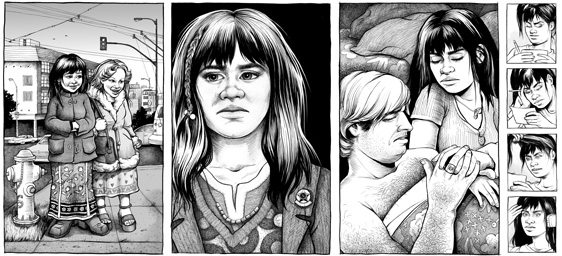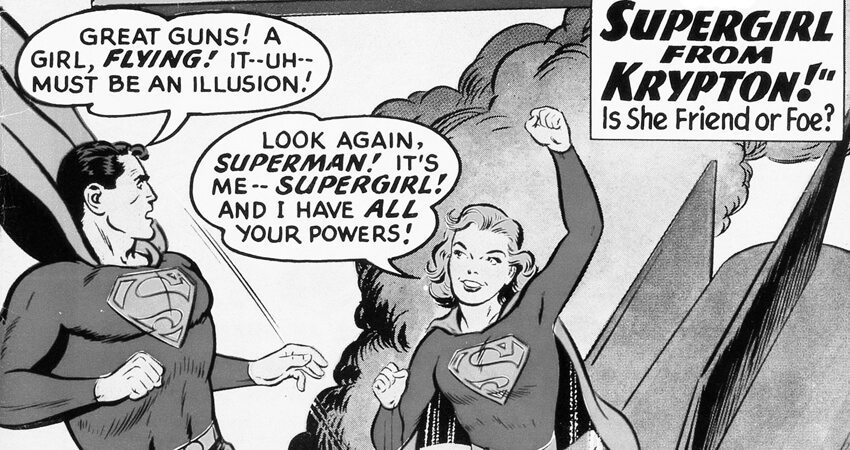
Bill Schelly on Comic and Science Fiction Visionary Otto Binder
Categories: Interview Literature & the Arts New Release
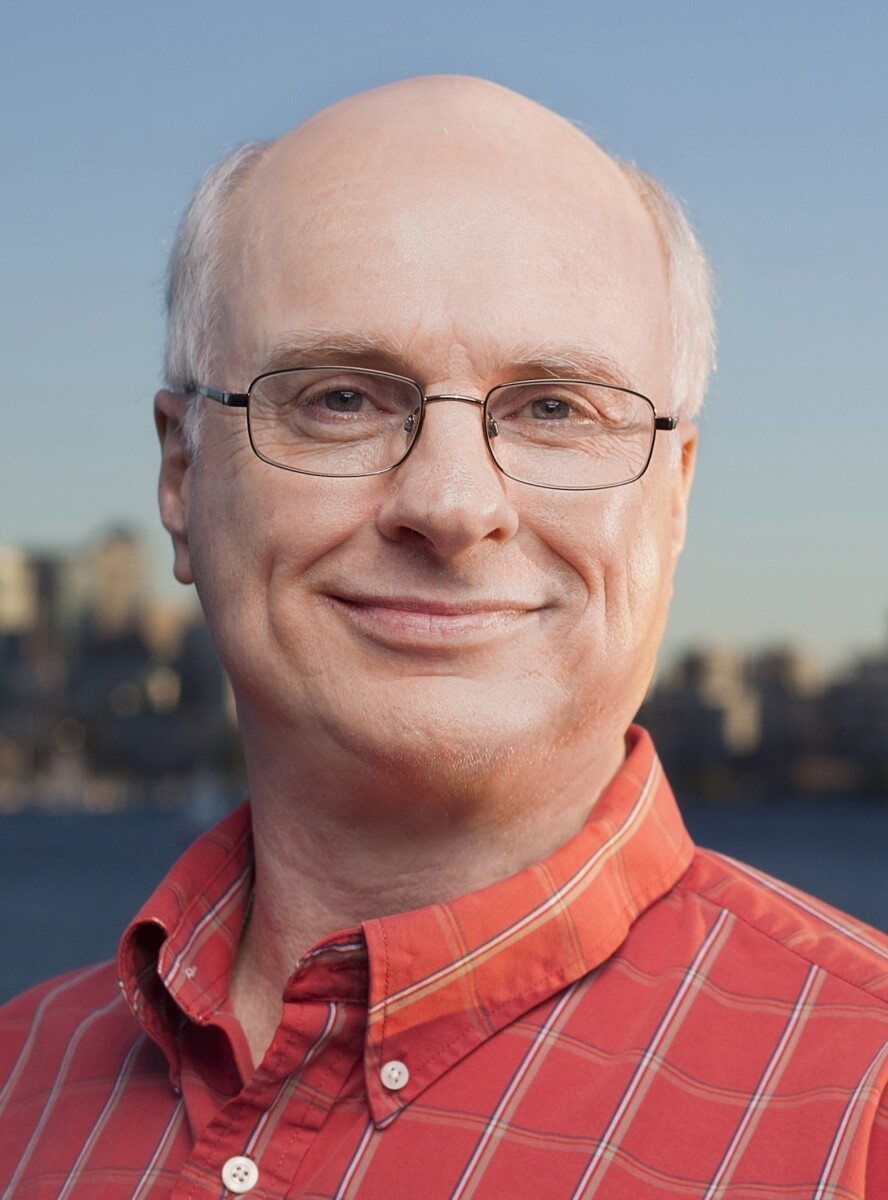
In his captivating new biography Otto Binder, comic book historian Bill Schelly chronicles the professional successes and personal tragedies of the legendary Otto Binder. Credited with being the creator of many beloved superheroes, including fan-favorites Supergirl, Bizzaro, and the Legion of Super-Heroes, Binder captivated the minds of both children and young adults across the country, and around the world.
Bill Schelly answered a few questions for us about the new book, and about Binder’s life and career during the golden age of comics.
Q: Your last book, Harvey Kurtzman, focused on the creator of Mad Magazine, and this book on Otto Binder is about comic book writer working during roughly the same period. What is it about this era of comic books that draws you to it?
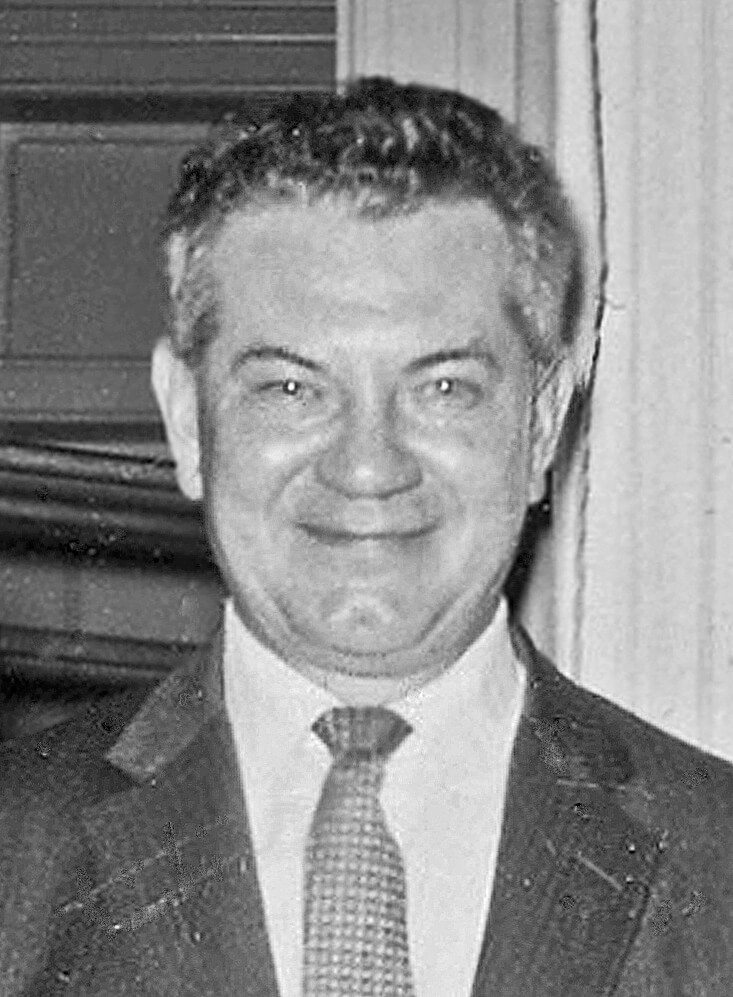 A: I grew up in the 1960s, fascinated with comic books and comic art, a much maligned medium that is actually capable of presenting stories with wonderful artistry. I fell in love with comics at that time, and found out that some of my favorites were written by Otto Binder, and by Harvey Kurtzman as well. (Kurtzman not only created Mad magazine, but he wrote and drew comics books published by EC in the early 1950s.) Both of them started in the medium around 1942, along with the others who basically built the foundation for the comics industry. And, while there have been price guides, and interviews and magazine articles about the writers and artists of the 1940s and 1950s, there have been very few actual, full-bodied biographies. So, I decided to remedy that situation and write about a couple about two of my idols.
A: I grew up in the 1960s, fascinated with comic books and comic art, a much maligned medium that is actually capable of presenting stories with wonderful artistry. I fell in love with comics at that time, and found out that some of my favorites were written by Otto Binder, and by Harvey Kurtzman as well. (Kurtzman not only created Mad magazine, but he wrote and drew comics books published by EC in the early 1950s.) Both of them started in the medium around 1942, along with the others who basically built the foundation for the comics industry. And, while there have been price guides, and interviews and magazine articles about the writers and artists of the 1940s and 1950s, there have been very few actual, full-bodied biographies. So, I decided to remedy that situation and write about a couple about two of my idols.
Q: What was so special about Otto Binder as a writer? What set his work about from others at the time?
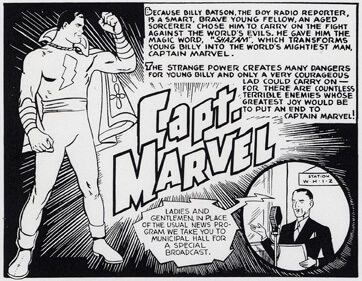 A: As a teenager, Binder wanted to be a scientist—a chemical engineer, actually—but the Great Depression in the 1930s interfered with that, so he ended up becoming a writer. Yet his interest in science infused all of his writing. He first made his name writing for the science fiction pulp magazines of the day, such as Amazing Stories. Then, when comic books came along a few years later, and offered much better pay, he injected scientific themes into those stories. He was always a visionary, coming up with stories set in the future, or in outer space, or on far-flung planets. This scientific bent distinguishes him from other writers.
A: As a teenager, Binder wanted to be a scientist—a chemical engineer, actually—but the Great Depression in the 1930s interfered with that, so he ended up becoming a writer. Yet his interest in science infused all of his writing. He first made his name writing for the science fiction pulp magazines of the day, such as Amazing Stories. Then, when comic books came along a few years later, and offered much better pay, he injected scientific themes into those stories. He was always a visionary, coming up with stories set in the future, or in outer space, or on far-flung planets. This scientific bent distinguishes him from other writers.
The second thing was the humanity of his characters as they groped with their responsibility to others, which motivated them to accomplish their great deeds. For example, when he wrote about Captain Marvel in the 1940s, the character was never more meaningful than when he was acting as a part of the Marvel Family, which included his sister Mary Marvel, and a disabled newsboy who became Captain Marvel, Jr. The family theme, or extended family theme, runs through a lot of his work. Finally, his writing often has a somewhat whimsical quality, almost tongue-in-cheek, which gives his stories great charm.
Q: 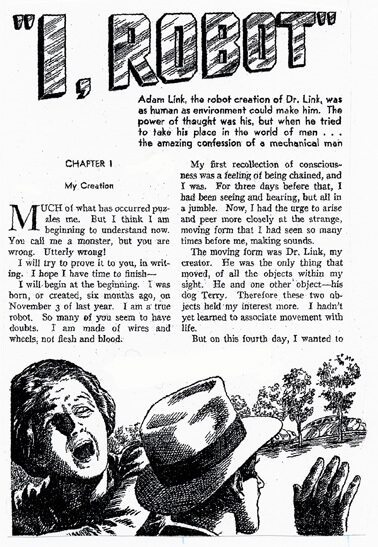 He was responsible for creating some lasting characters in comic books and science fiction, like Supergirl, and the original “I, Robot” short story. Why is it that the general public doesn’t know more about him?
He was responsible for creating some lasting characters in comic books and science fiction, like Supergirl, and the original “I, Robot” short story. Why is it that the general public doesn’t know more about him?
A: In the case of “I, Robot,” Isaac Asimov’s agent appropriated that name for an anthology of Asimov’s robot stories that came long after Otto’s classic tale. Asimov was horrified when he found out about it, and apologized to Otto. But to this day, people think Asimov wrote a story by that title, and he didn’t. Actually, Binder’s original “I, Robot” story was adapted for the Outer Limits TV series in the 1960s. But even then, while his name appeared on it, who remembers when a writer’s name flashes across a TV screen?
As for Supergirl, at the time when Otto wrote the first Supergirl story, in 1959, giving her the name “Kara” and providing other details still associated with the character, his name didn’t appear in the comic book. Comic books didn’t give creator credits at that time. And today, although it’s acknowledged and widely known that he wrote all the early Supergirl stories for DC Comics, he isn’t listed in today’s comics or on the TV show as the creator or co-creator of Supergirl. Given all this, one can’t expect the general public to know of his achievements. That’s part of the reason I wanted to write this book.
Q: While he had a really successful career as a writer, Binder’s life was marked by tragedy—how do you think this influenced his work?
A: After the death of his 14-year-old daughter, Mary, in 1967, he was never the same again. I can understand this, because I lost my son to cancer when he was only 20. That kind of tragedy changes you. In his case, he lost the desire to strive, and the joy went out of much of his writing. He still did some good work, but many of his later science fiction novels read like he was on auto-pilot. They lack that special spark. His UFO writing in the late 1960s and 1970s was better.
Q: Binder got on board with creating super-powered female leads early on. Was it as controversial then as it is now, what with all of the negative feedback on things like the all-female cast of Ghostbusters?
A: There were very few female superheroes in the 1940s who got their own magazines, yet his Mary Marvel did. People loved her! I suppose more of her comic books were bought by girls than boys, but they sold. I never heard that comics fans in 1959 resented a girl being given the same powers as Superman. And make no mistake, she was Superman’s equal in terms of both her super powers and her intelligence. But by the 1960s, girls tended to read other comics than super heroes, like Archie comics, and the sales of Supergirl were never as robust as those for her male cousin. That said, she could be said to be a sort of proto-feminist character.
Q: What other influences did Binder have that we can see in popular culture today?
A: He was one of the most prominent writers about UFO phenomena in the 1960s, writing for Saga magazine, and in books such as Flying Saucers Are Watching Us (1968) and What We Really Know about Flying Saucers (1967), two of his best-selling books of that decade. My guess is that they were must-reading for Steven Spielberg when he was writing and filming Close Encounters of the Third Kind, and probably George Lucas with Star Wars.
Q: Are there other aspects of Binder’s writing career that are notable?
A: Binder wrote for EC comics, the company that published Tales from the Crypt and Vault of Horror, the two best horror comic books of all time. A number of his stories were adapted for the HBO Tales from the Crypt TV series, although, again, he didn’t receive screen credit. At least his name appears on the cover of a novel he wrote in 1967 titled The Avengers Battle the Earth-Wrecker. That Avengers prose novel is the only thing he ever wrote for Marvel in the 1960s, although he wrote a number of Captain America stories published during World War II. Oh, his fingerprints are all over the history of comic books, and characters who are immensely popular to the present day!
Q: Were there any special challenges you faced when writing this book?
A: It was important to me that I tell Otto Binder’s story so that it reads almost like a good novel, a “page-turner,” so to speak. I’m pleased when people tell me they felt like they knew Otto when they finished it, or that they couldn’t put it down. That’s music to my ears.
Tags: Graphic Novels & Comics Bill Schelly

